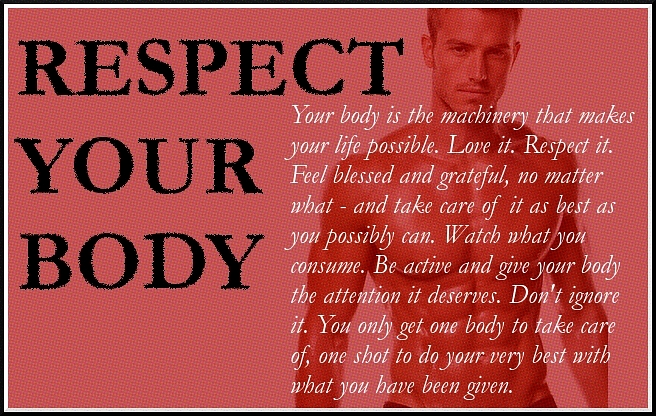Red wine, in moderation, has long been thought of as heart healthy. The
alcohol and certain substances in red wine called antioxidants may help
prevent heart disease by increasing levels of "good" cholesterol and
protecting against artery damage.
While the news about red wine might sound great if you enjoy a glass of
red wine with your evening meal, doctors are wary of encouraging anyone
to start drinking alcohol. That's because too much alcohol can have many
harmful effects on your body.
Still, many doctors agree that something in red wine appears to help
your heart. It's possible that antioxidants, such as flavonoids or a
substance called resveratrol, have heart-healthy benefits.
How is red wine heart healthy?
Red wine seems to have even more heart-healthy benefits than other types
of alcohol, but it's possible that red wine isn't any better than beer,
white wine or liquor for heart health. There's still no clear evidence
that red wine is better than other forms of alcohol when it comes to
possible heart-healthy benefits.
Antioxidants in red wine called polyphenols may help protect the lining
of blood vessels in your heart. A polyphenol called resveratrol is one
substance in red wine that's gotten attention.
Resveratrol in red wine
Resveratrol might be a key ingredient in red wine that helps prevent
damage to blood vessels, reduces "bad" cholesterol and prevents blood
clots.
Most research on resveratrol has been done on animals, not people.
Research in mice given resveratrol suggests that the antioxidant might
also help protect them from obesity and diabetes, both of which are
strong risk factors for heart disease. However, those findings were
reported only in mice, not in people. In addition, to get the same dose
of resveratrol used in the mice studies, a person would have to drink
over 60 liters of red wine every day.
Some research shows that resveratrol could be linked to a reduced risk
of inflammation and blood clotting, both of which can lead to heart
disease. More research is needed before it's known whether resveratrol
was the cause for the reduced risk.
The resveratrol in red wine comes from the skin of grapes used to make
wine. Because red wine is fermented with grape skins longer than is
white wine, red wine contains more resveratrol. Simply eating grapes, or
drinking grape juice, has been suggested as one way to get resveratrol
without drinking alcohol. Red and purple grape juices may have some of
the same heart-healthy benefits of red wine.
Other foods that contain some resveratrol include peanuts, blueberries
and cranberries. It's not yet known how beneficial eating grapes or
other foods might be compared with drinking red wine when it comes to
promoting heart health. The amount of resveratrol in food and red wine
can vary widely.
Resveratrol supplements are also available. While researchers haven't
found any harm in taking resveratrol supplements, most of the
resveratrol in the supplements can't be absorbed by your body.
How does alcohol help the heart?
Various studies have shown that moderate amounts of all types of alcohol
benefit your heart, not just alcohol found in red wine. It's thought
that alcohol:
- Raises high-density lipoprotein (HDL) cholesterol, the "good" cholesterol
- Reduces the formation of blood clots
- Helps prevent artery damage caused by high levels of low-density lipoprotein (LDL) cholesterol, the "bad" cholesterol
Drink in moderation — or not at all
Red wine's potential heart-healthy benefits look promising. Those who
drink moderate amounts of alcohol, including red wine, seem to have a
lower risk of heart disease. However, more research is needed before we
know whether red wine is better for your heart than are other forms of
alcohol, such as beer or spirits.
Neither the American Heart Association nor the National Heart, Lung, and
Blood Institute recommend that you start drinking alcohol just to
prevent heart disease. Alcohol can be addictive and can cause or worsen
other health problems.
Drinking too much increases your risk of high blood pressure, high
triglycerides, liver damage, obesity, certain types of cancer, accidents
and other problems. In addition, drinking too much alcohol regularly
can cause cardiomyopathy — weakened heart muscle — causing symptoms of
heart failure in some people. If you have heart failure or a weak heart,
you should avoid alcohol completely. If you take aspirin daily, you
should avoid or limit alcohol, depending on your doctor's advice. You
also shouldn't drink alcohol if you're pregnant. If you have questions
about the benefits and risks of alcohol, talk to your doctor about
specific recommendations for you.
If you already drink red wine, do so in moderation. Moderate drinking is
defined as an average of two drinks a day for men and one drink a day
for women. The limit for men is higher because men generally weigh more
and have more of an enzyme that metabolizes alcohol than women do.
A drink is defined as 12 ounces (355 milliliters, or mL) of beer, 5
ounces (148 mL) of wine or 1.5 ounces (44 mL) of 80-proof distilled
spirits.
Who's drinking Wine tonight?


